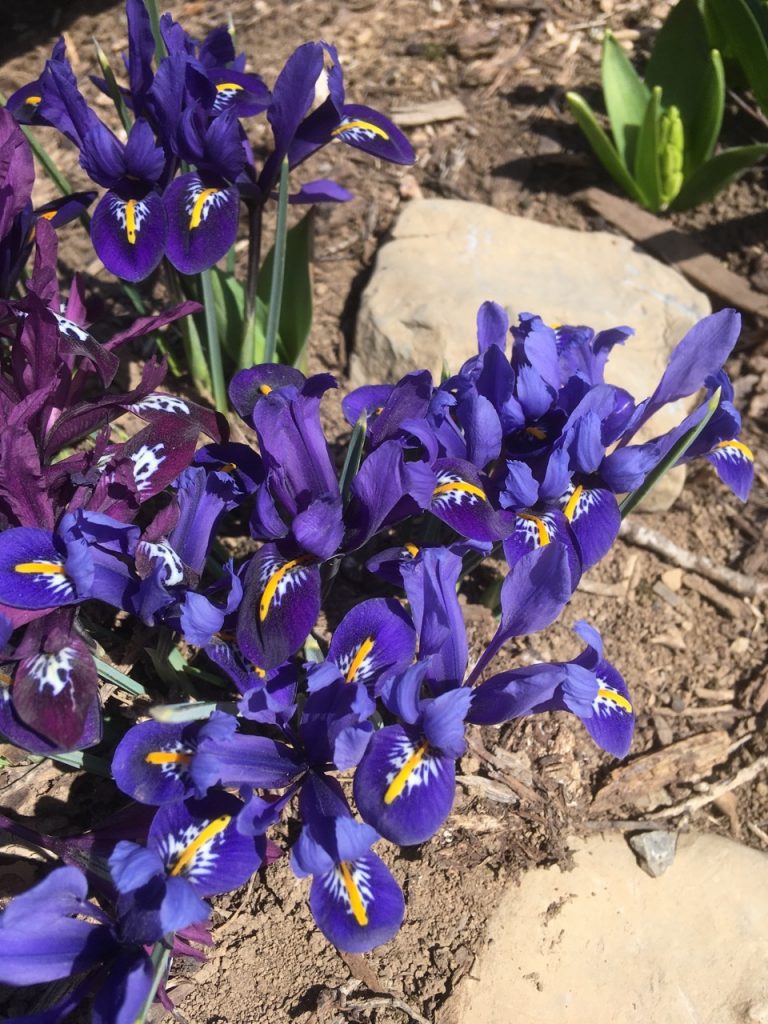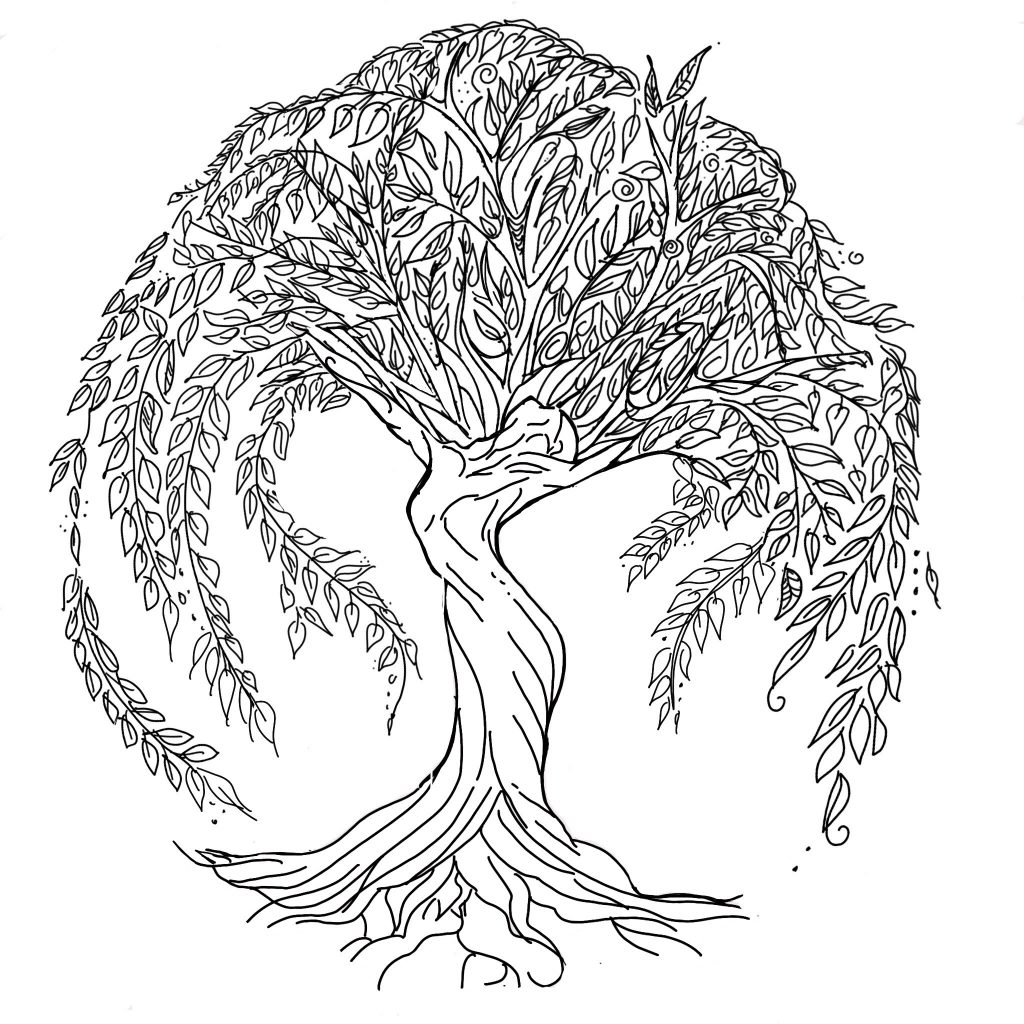While words of assurance often come after a prayer of confession, I think there’s a place for them to stand on their own in personal and communal worship. What I offer here is one of those times.
Little one
During a “remote retreat” this past week, the person facilitating encouraged my fellow retreatants and me to consider imagining a “Sacred Naming” for ourselves – adding a word or short phrase to our names to remind us of the immense grace we are extended. This could function, she said, as a way to break the cycles of negative self-talk. Just an hour prior to hearing this idea, I was caught in my mind’s own loop of shame, and in a moment of mercy, I heard myself saying, “Oh, baby girl, you’re okay. Just let go.”
Now, those of you who know me will know that this–”baby girl”–is not Valerie language at all. As the words tumbled out of my mouth, I was caught off-guard, but it was exactly what I needed in the moment–I needed comfort, I needed to be reminded that I could let go. When the retreat director shared the idea of Sacred Naming, I knew I had already found what God’s Spirit had named me: Baby Girl. (Even if I roll my eyes a little at the thought…)
That’s where “little one” comes into these words of assurance. Perhaps “beloved,” “blessed,” or “my child” fits you better. What is your Sacred Name?
Be at peace
The words, “be at peace,” were written to me on the same day, with similar effect. I had asked to let go of something I could not hold, to be released from an expectation that was painful. In response, these three little words offered me grace and a blessing. A commissioning with kindness. I could not have asked for a cleaner cut. (Of course, I also instantly thought of this clip from Return of the King, when Aragorn releases the Army of the Dead, using the same three words.)
What blessing do you need to hear?
Words of Assurance
This is what words of assurance are at their best: they share a loving truth about us and they speak to us with a kind commissioning.
Rest, little one.
Be at peace.
I see your bleary eyes, your tense shoulders.
the knots that trace your spine, from your neck to your tailbone.
I love those eyes, those shoulders, that spine.
You’re beautiful.
Time rushes by in a whirlwind –
five hours later and you’ve written only a handful of sentences,
labored over each word, frequent sighs, wringing your hands,
wondering if they ever give epidurals
for the pain of the soul.
I labor with you.
You’ve lit a candle today, hoping to be reminded of me,
and that I am with you.
I am.
I am the Hope and the Flame.
You wonder if you’re enough,
if you’ve tried hard enough,
if there’s enough of you to go around.
You are enough.
And you’re human. You’re finite. You’re okay.
I watch you curl up, and then unfurl your limbs,
aching for contact. To be held.
Have you seen the sun-warmed grass outside?
The grass and I–we will hold you.
Oh yes, little one, I know. My heart aches with you.
You are weighed down by many things.
There is only one thing you need to do:
Rest, little one.
Be at peace. I love you.



